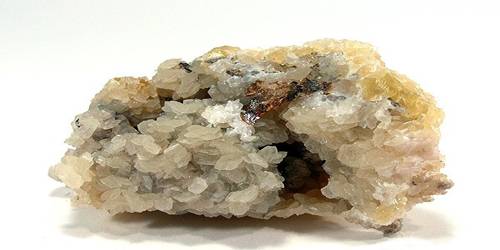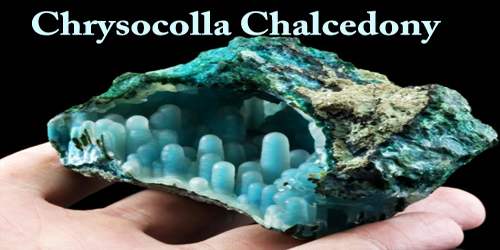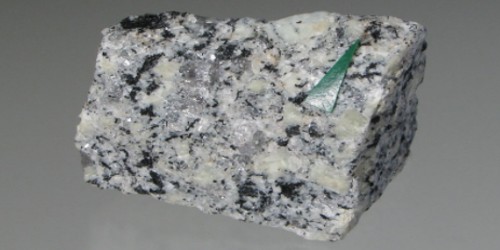Benstonite is a mineral with formula Ba6Ca6Mg(CO3)13. Discovered in 1954, the mineral was described in 1961 and named after Orlando J. Benston (1901–1966). It is not radioactive.
Benstonite is translucent and white, pale yellow, or pale yellow-brown in color. The mineral occurs as cleavable masses; cleavage fragments are nearly perfectly rhombohedral in shape. Cleavage faces are up to 1 cm (0.39 in) across and slightly curved. On large specimens, the faces exhibit a mosaic structure similar to that in some specimens of dolomite and siderite. Benstonite fluoresces red or yellow under x-rays and longwave and shortwave ultraviolet. The mineral also exhibits strong red phosphorescence.
General Information
- Category: Carbonate minerals
- Formula: Ba6Ca6Mg(CO3)13
- Crystal system: Trigonal
- Crystal class: Rhombohedral; H-M group: (3).

Properties
- Color: Snow-white, ivory, very pale yellow, pale yellowish brown
- Cleavage: Good on {3142}
- Mohs scale hardness: 3–4
- Luster: Vitreous
- Streak: White
- Diaphaneity: Translucent
Description and occurrence
Benstonite is known to occur in Canada, China, India, Italy, Namibia, Russia, Sweden, and the United States. It occurs in association with alstonite, barite, barytocalcite, calcite, daqingshanite, fluorite, huntite, monazite, phlogopite, pyrite, sphalerite, strontianite, and quartz.
Association: Barite, calcite, quartz (Magnet Cove, Arkansas, USA); calcite, alstonite, fluorite, sphalerite (Cave-in-Rock, Illinois, USA); huntite, barytocalcite, strontianite, pyrite, phlogopite, monazite, daqingshanite (Bayan Obo deposit, China).
Information Source;
















